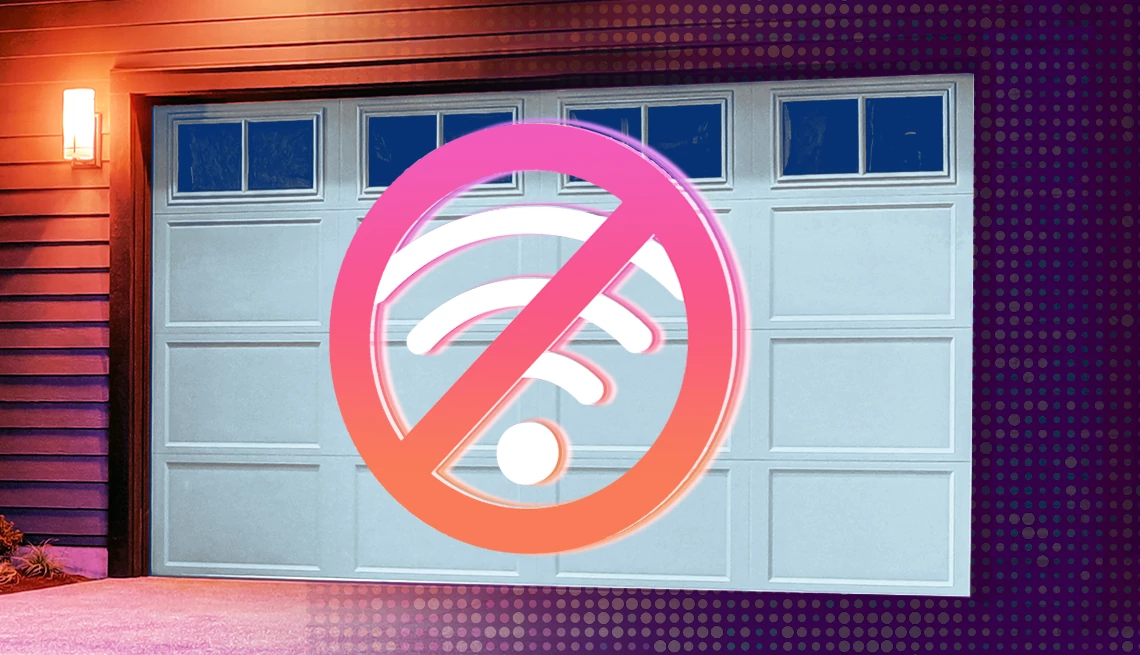AARP Hearing Center


I have a Wi-Fi-ready garage door that you can control remotely with a smartphone. But my Wi-Fi signal is blocked by metal and doesn’t extend that far, so the feature does not work. What options am I left with? — Joni P.
Few things in tech drive folks nuts more than spotty Wi-Fi.
This is true whether you’re attempting to work from home, find out whodunnit in a streaming TV mystery or tame misbehaving smart home technology such as your garage door.
The good news is you have options to bolster a crappy Wi-Fi signal, and not all of them cost money.
Before investing in a new router — the device that distributes the internet signal coming into your house to your computer, smart thermostat, smartTV, video doorbell, Wi-Fi-ready garage door and other electronics — examine your current model. Make sure the firmware — permanent software embedded into the hardware — is up to date, and with luck you have the instructions from your router manufacturer to do that.
Next, consider the location of the router and modem, which brings the internet into your house. I suspect you’ve already investigated this, but find a spot closer to the garage if possible. And yes, I recognize we’re all at the mercy of where you can plug in an ethernet cable and get power.


Ask The Tech Guru
AARP writer Ed Baig will answer your most pressing technology questions every Tuesday. Baig previously worked for USA Today, BusinessWeek, U.S. News & World Report and Fortune, and is author of Macs for Dummies and coauthor of iPhone for Dummies and iPad for Dummies.
Another low-tech solution that sometime helps: Pull the plug on your router and modem, wait a minute or so and then reboot.
I’m certainly not naïve enough to think you can avoid Wi-Fi kryptonite easily. That includes metal that can put the kibosh on Wi-Fi.


































































You Might Also Like
Is My Smart TV Spying on Me?
You want to watch television, not have the TV watch you
Take Control, Remotely, of Your Parents’ Technology
When someone is struggling, you can assist from afar6 Things You Might Not Have Known Your Smart TV Can Do
Don’t consider the latest big screens an ‘idiot box’